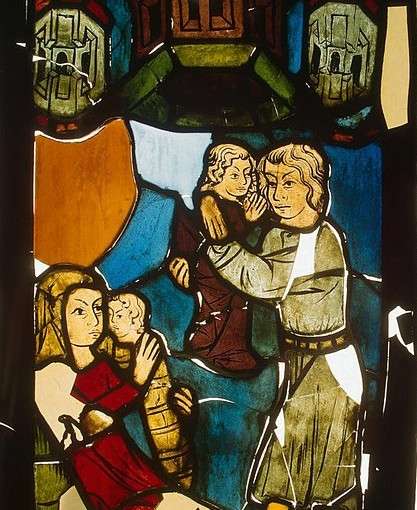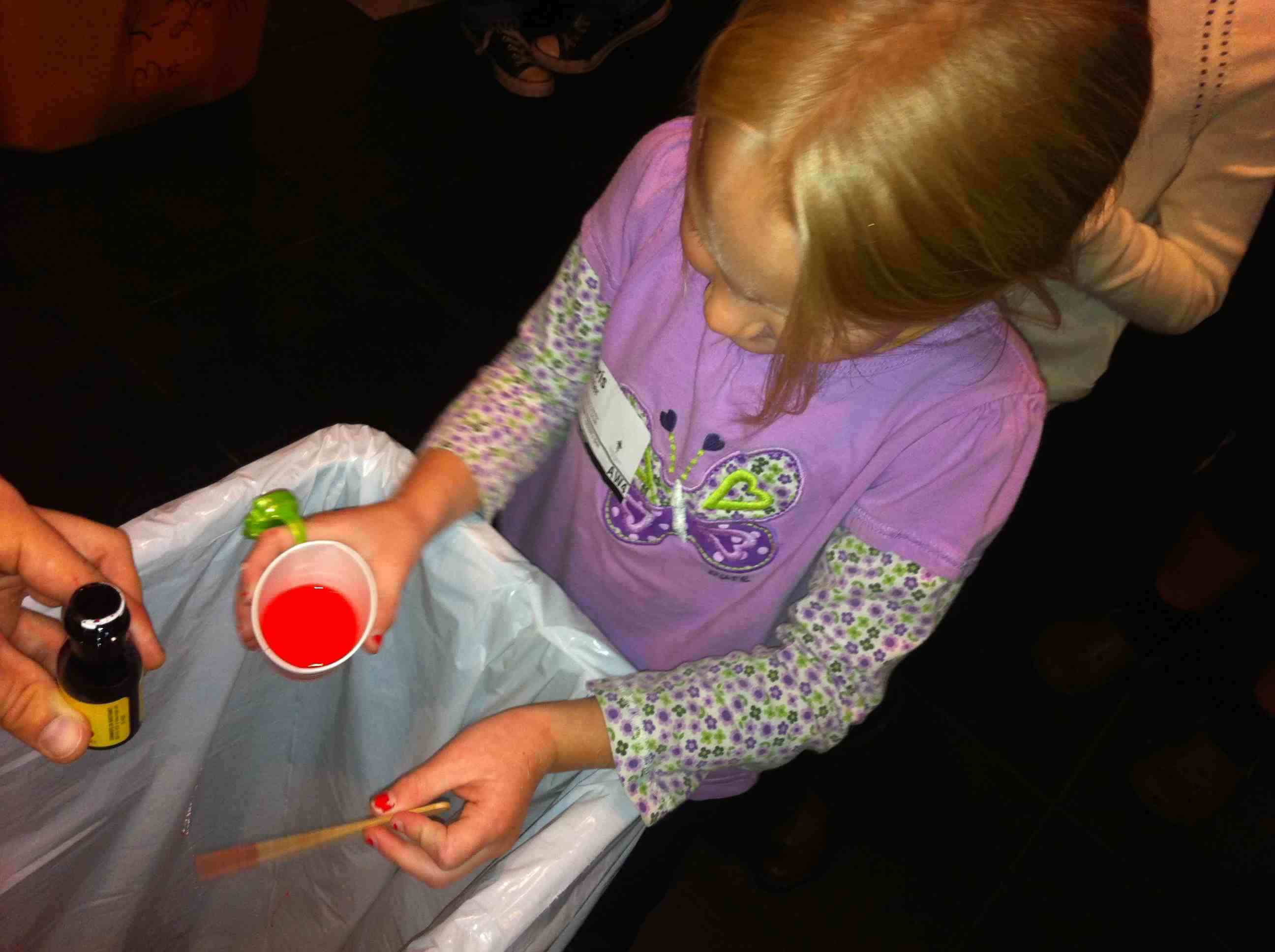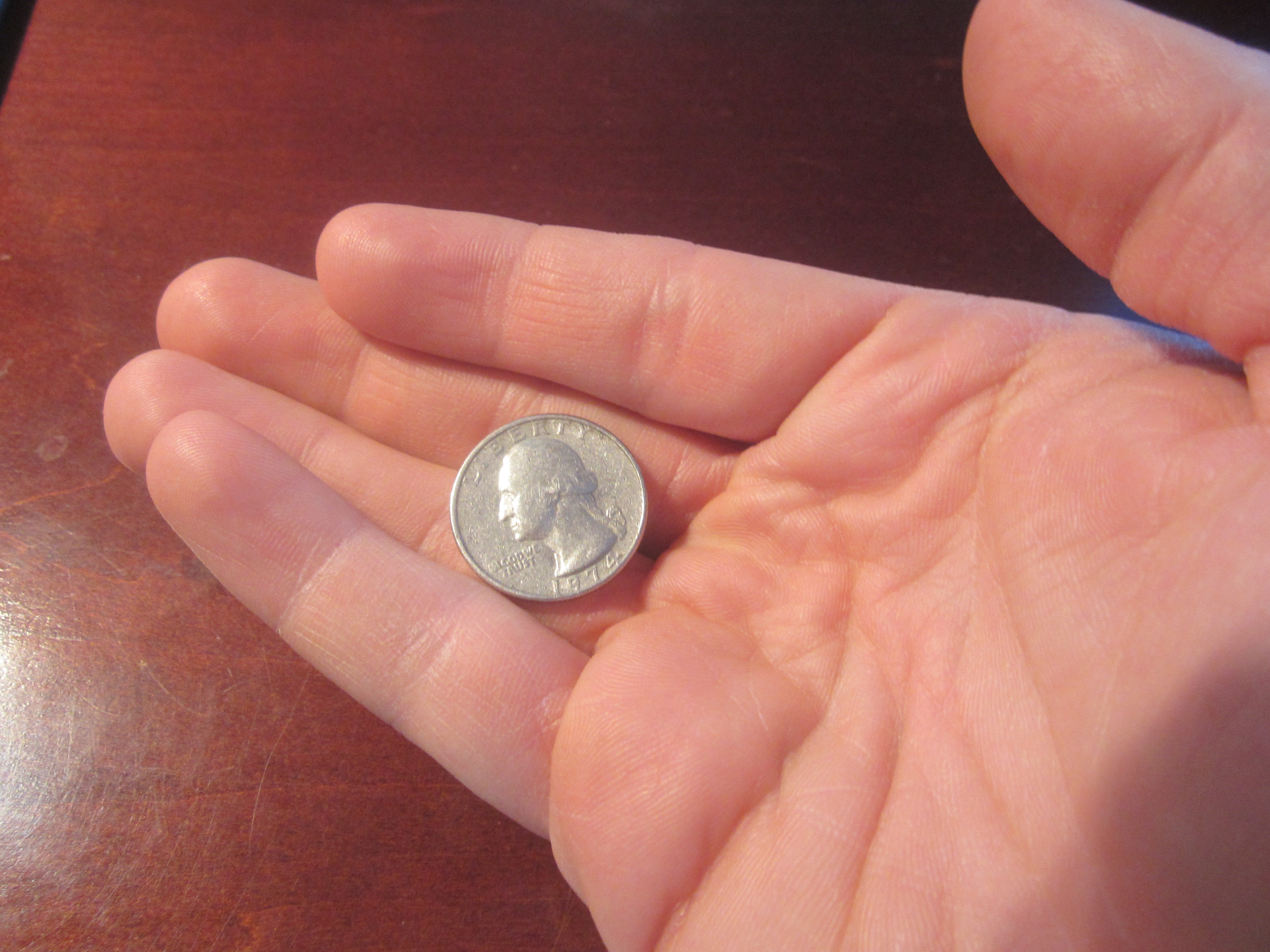
Tag: old testament
-

What Cain and Jesus Share
Read More: What Cain and Jesus ShareWhat?! You’re comparing Cain, the first murderer, to Jesus? How dare you! Follow me here. I was writing a paper about ministry with children and I suddenly discovered in the Cain and Abel story something I had never seen before… You probably already knew that Cain was the first child to be born (remember, Adam and Eve…
-

Children’s Ministry Lesson: The Ten Plagues
Read More: Children’s Ministry Lesson: The Ten PlaguesI have taught Children’s Church lessons for over a decade and I think yesterday’s lesson on the ten plagues was one of my favorite lessons to ever teach. Please don’t think that I love dark and dismal things like plagues. They really are pretty negative. Biblically speaking, they were real judgements carried out on lots…
-
Could You Turn Down 15 Million Bucks?
Read More: Could You Turn Down 15 Million Bucks?Delilah was a sell-out to the Philistines. Like Judas, she accepted money in exchange for betraying someone very close to her. But I recently discovered a detail that blows my mind about the story of Samson. The Philistines offered Delilah the equivalent of 15 MILLION dollars in today’s money (see the IVP OT Bible Background…
Search
Popular Posts
-
“Holy Fools”: Exploring the Journey of Calling for Christian Variety Performers
I am happy to announce that my PhD dissertation has been published to ProQuest, an academic database for published research. I have made the dissertation open source, which means anyone anywhere can access the full content free of charge. Here is the full dissertation: https://www.proquest.com/dissertations-theses/holy-fools-exploring-journey-calling-christian/docview/2622316783/se-2 Please share far and wide. I am very much excited…
-
The Easiest Large Group Game Ever
This is probably the easiest large group game ever invented. If you can think of an easier one, please let me know in the comments. Heads or Tails! This game of heads or tails involves EVERYONE in your large group. It is actually better the larger the group gets. There is an elimination factor to…
-
Out of the Mouths of Children
“Out of the Mouths of Children” Sermon from Sunday, April 21, 2024 Dr. Jesse Joyner *Scripture passages are from the NIV unless otherwise noted. Matthew 21:6 “…and they said to him, ‘Do you hear what these are saying?’ And Jesus said to them, ‘Yes; have you never read, ‘Out of the mouth of infants and…
-
Not a Single Bone Shall Be Broken
Today is Good Friday on the Christian calendar. I would like to share a Good Friday reflection with you. Thank you for reading… When I speak at children’s events, I tell the story of Jesus and his ministry on earth. I point out that Jesus was the only human in history who lived a perfect…
-
From the Lips of Children
Tomorrow is Palm Sunday, the day of the Christian calendar where we celebrate the Triumphal Entry, when Jesus rode into Jerusalem on a donkey while the crowd shouted “Hosanna!” That means, “Save!” The choice of donkey versus a horse demonstrates that Jesus is the humble king. But there is another detail of this story that…




